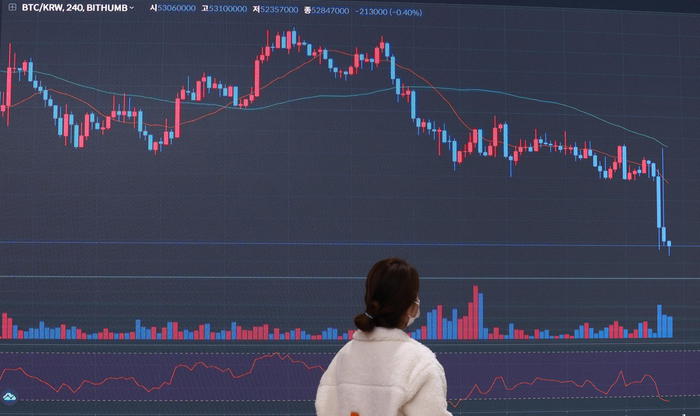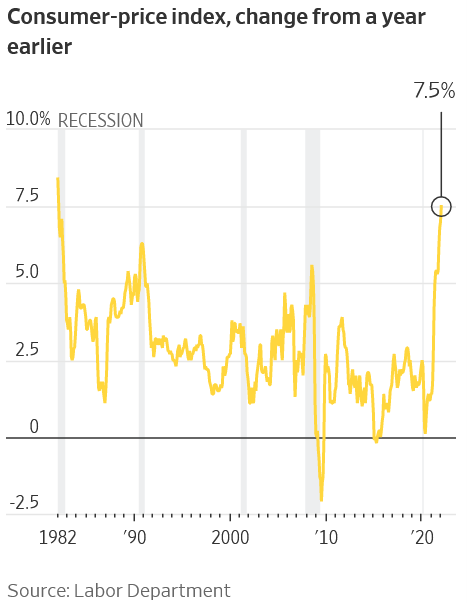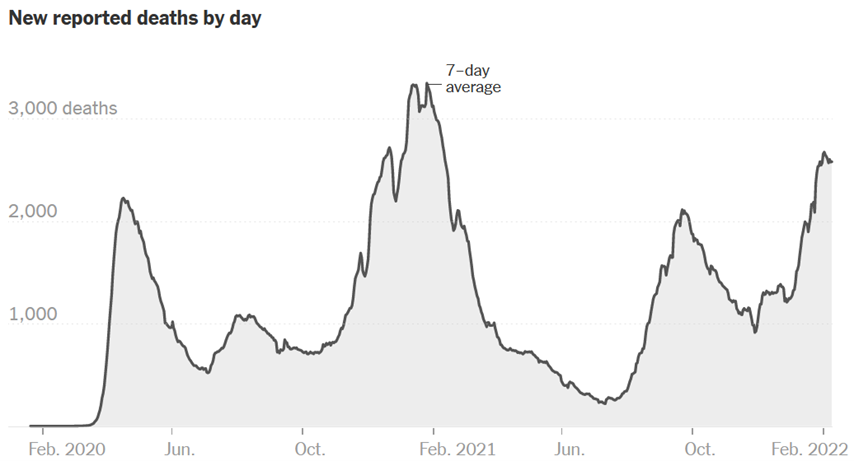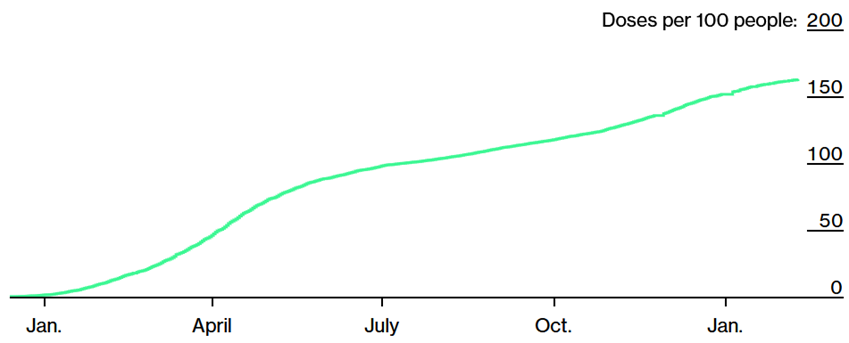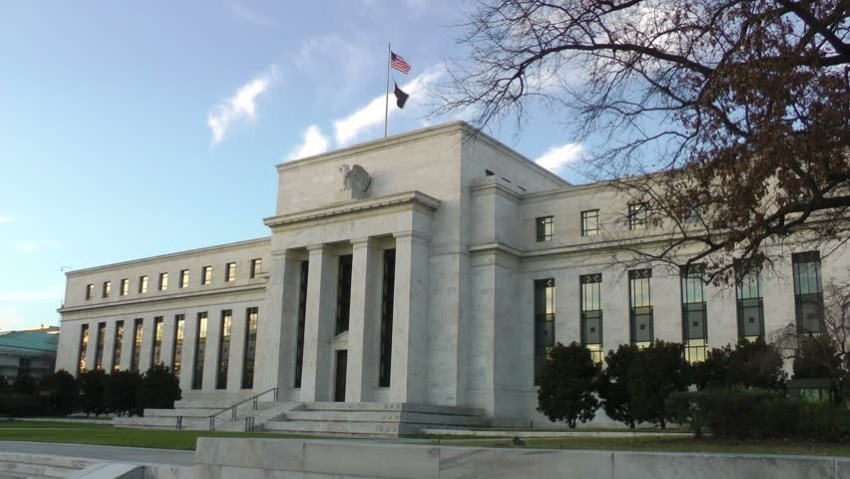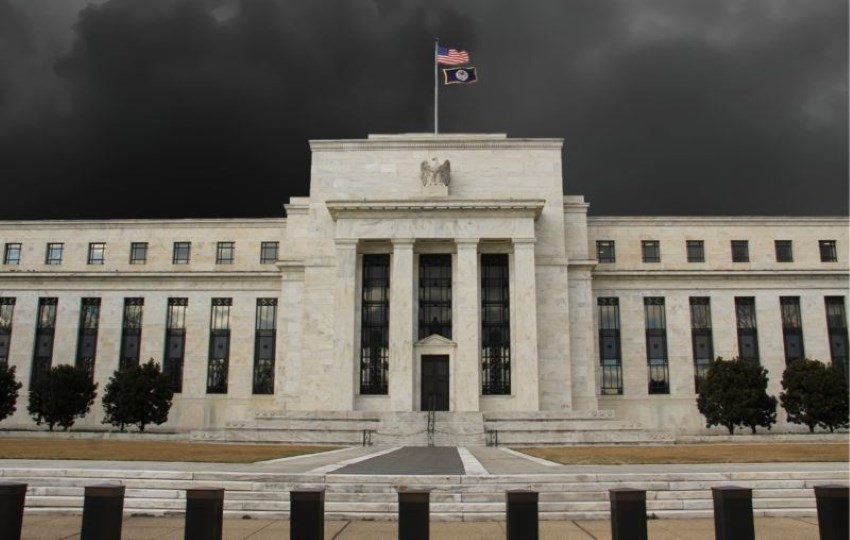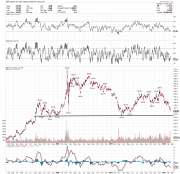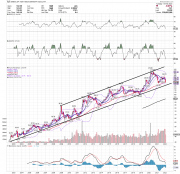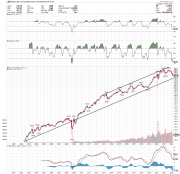Rottweiler
Forumer storico
Il personaggio Cathie Wood è molto controverso. Per chi volesse farsi un'idea diretta, e ascoltare la sua omelia più recente dopo il crollo di parecchi suoi titoli favoriti...

 ark-invest.com
ark-invest.com

February 4, 2022 — In The Know with Cathie Wood - Invest in Innovation with ARK Invest
On episode XXV of In the Know, ARK CEO/CIO, Cathie Wood, weighs in on inflation, interest rates, oil prices, retail sales, crypto, and more...
 ark-invest.com
ark-invest.com

